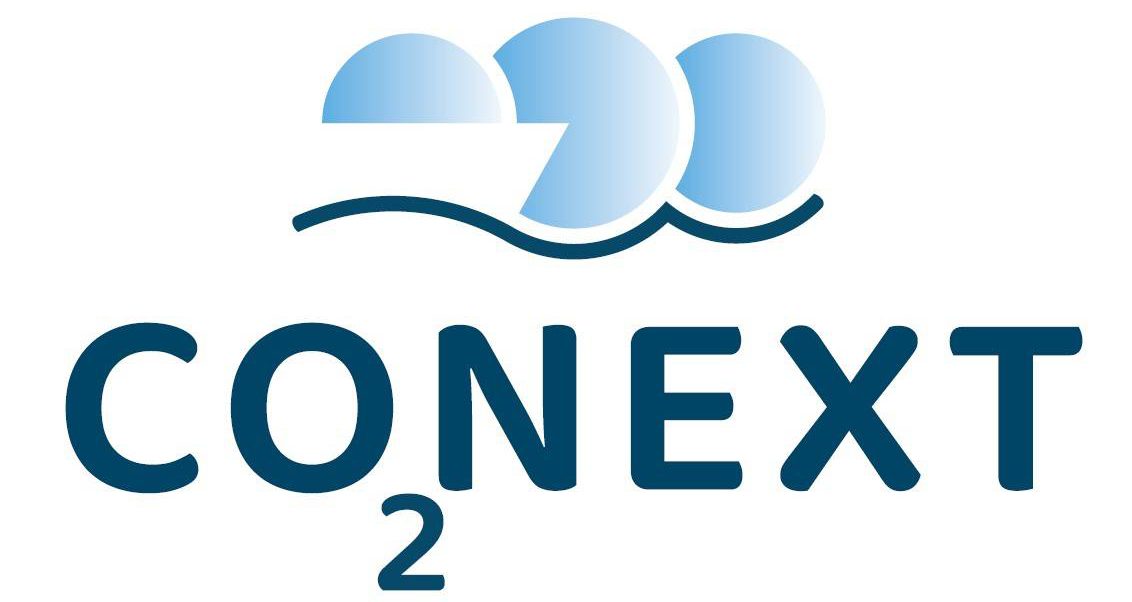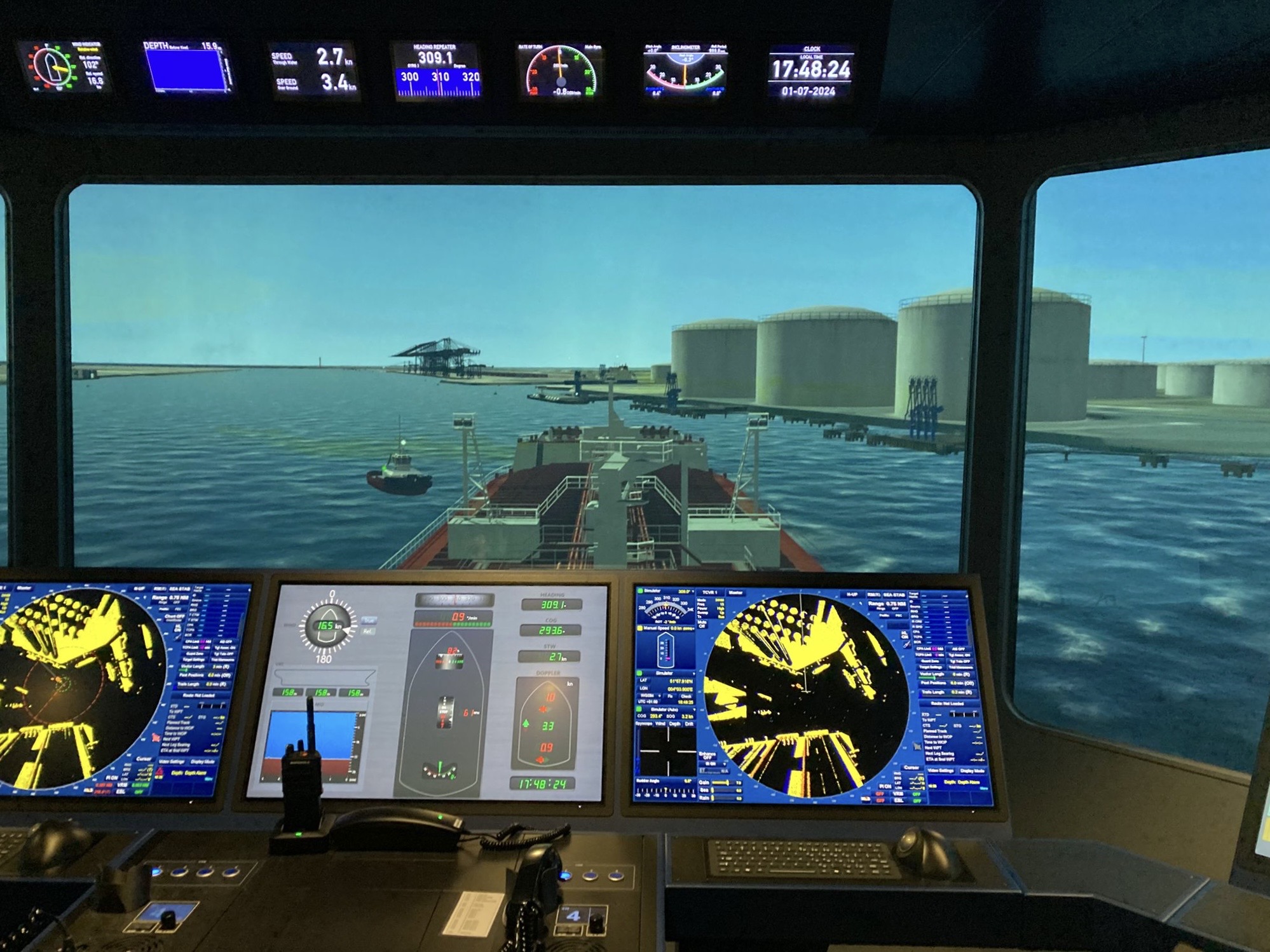The safe and efficient manoeuvering of vessels delivering liquid CO₂ will be a crucial part of our terminal. Last week, together with the Rotterdam Pilotage, the Harbor Master, and DHMR, we tested various scenarios in the advanced simulation system of the Maritime Research Institute Netherlands (MARIN).
Terminal design and simulation systems
The planned CO₂next terminal at the Maasvlakte will receive liquid CO₂ by ship in the future. To facilitate this, the terminal will have jetties in the Yangtze Canal. Manoeuvering must be done safely and efficiently, with minimal disruption to other maritime traffic. To ensure this works as planned, we’re not only creating theoretical plans but also thoroughly testing all processes in a simulator.
Together with MARIN, which has a state-of-the-art real-time simulator, we entered the design of the terminal and jetties, including their exact location in the Yangtze Canal. In collaboration with the Rotterdam Pilotage, the Harbor Master, and DHMR, we extensively tested and analyzed various scenarios:
🔹 Vessel Types: From inland barges to large ocean-going vessels (up to 20,000 m³, LOA 195m), assisted by tugboats with 65T BP.
🔹 Weather Conditions: We analyzed extreme weather conditions, including Beaufort wind forces of 6/7 (even up to 8!).
🔹 Emergency Scenarios: We simulated emergency scenarios to ensure we’re fully prepared for safe manoeuvering and departurein case of any eventueality.
“The simulator allows us to truly visualize what happens in various scenarios,” says Marco de Groote, Discipline lead for marine terminal and jetties at CO₂next. “This way, we can precisely determine what happens in different situations, what is needed, and how we can work most effectively.”
Valuable insights for the terminal
With the support of Rotterdam Pilotage, the Harbor Master, DHMR, and the experts at MARIN, we were able to integrate essential expertise into our simulations. These simulations have provided valuable insights, including wind limits for safe manoeuvering, the required tugboat assistance, the space these first of kind CO₂ ships need during manoeuvering, and the time required for manoeuvering and approaching a berth. This information not only confirms the suitability and safety of the jetty location but also plays a crucial role in shaping our future operations.


